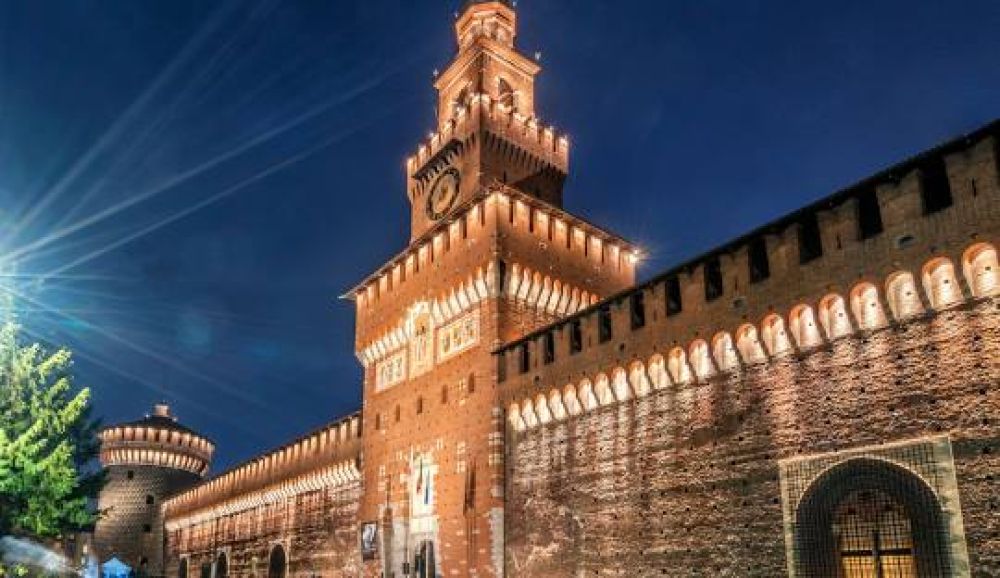

The majestic Sforza Castle, located in the heart of Milan, has been a significant landmark in the landscape of the city's tourism for centuries. Built in the 15th century by the Duke of Milan, Francesco Sforza, this grandiose structure has served various roles throughout its history - from a military fortress to a royal residence, and now, an important cultural center and tourist attraction.
Initially designed as a fortress, the Sforza Castle has withstood sieges, ownership by different noble families, and numerous expansions and renovations. Its walls have seen the rise and fall of empires as well as the Renaissance, a time when Milan became a hub of art and culture, attracting figures like Leonardo da Vinci and Bramante who contributed to its history and beauty.
As Milan modernized, the significance of the Sforza Castle shifted from a military stronghold to a beacon of cultural heritage. By the early 20th century, the castle had been transformed into a public museum and cultural center. It was then that the castle's tourism history truly began to flourish, offering visitors a glimpse into Milan's storied past.
In recent years, the Sforza Castle has embraced modern trends in tourism to enhance the visitor experience. Offering a variety of guided tours, interactive exhibits, and educational programs, the castle caters to a diverse audience, including history enthusiasts, art lovers, families, and school groups.
One of the latest trends in tourism at the castle is the integration of technology, with virtual reality experiences and multimedia installations that bring historical moments to life. Social media has also become a powerful tool in promoting the castle, enticing a new generation of travelers with captivating imagery and storytelling.
The castle houses several museums and art collections that are of significant interest to tourists. The most notable include:
The Sforza Castle also plays host to a variety of cultural events and temporary exhibitions throughout the year, making each visit unique. These events, ranging from contemporary art exhibitions to medieval festivals, have helped to keep the castle relevant and engaging for both return visitors and first-timers.
Sustainability has become a critical aspect of tourism, and the Sforza Castle has implemented practices to ensure its preservation for future generations. Efforts in maintaining the integrity of the structure while accommodating the influx of tourists are evident, aligning with global trends in responsible travel.
Today, visitors to Milan consider the Sforza Castle a must-see destination, not just for its historical significance but also for the tranquil grounds of the adjoining Sempione Park, where one can escape the hustle and bustle of the city. A visit to this historic site provides an enriching experience that reflects the duality of Milan's character: a city deeply rooted in its history while continuously evolving.